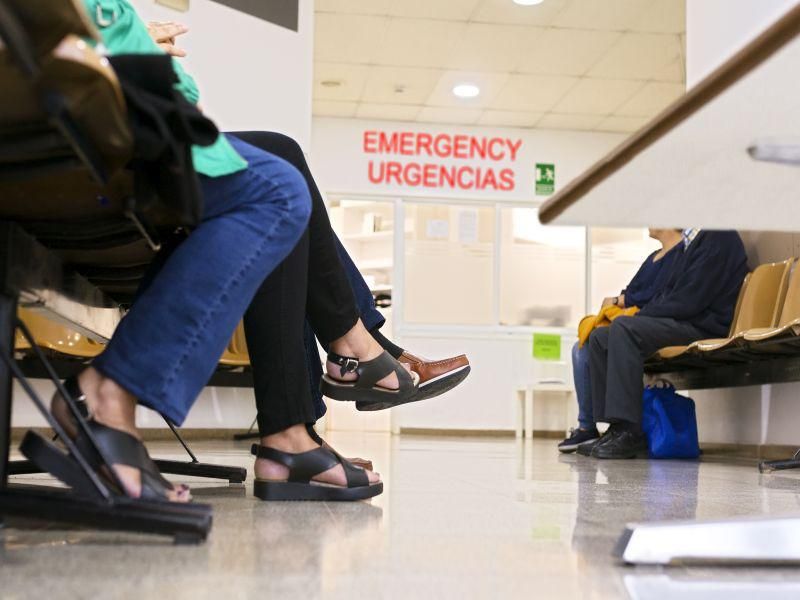FRIDAY, April 16, 2021 (HealthDay News) — While ER visits have stayed below normal levels as the coronavirus pandemic continues, the number of people showing up in the emergency department with mental woes is increasing, new federal government data shows.
Between March 29 and April 25, 2020, visits to emergency departments dropped 42%, researchers from the U.S. Centers for Disease Control and Prevention found. Although the number of emergency department visits increased by July 2020, it remains below pre-pandemic levels: Between December 2020 and January 2021, visits were still 25% lower than during the same months the year before.
One expert cautioned that not going to the ER could be a deadly decision.
Dr. Robert Glatter, an emergency medicine physician at Lenox Hill Hospital in New York City, said, “It’s vital that the public seek care in the emergency department for serious medical complaints including chest pain, difficulty breathing, dizziness, and falls or injuries.”
As for mental health emergencies, many of the patients were children, the researchers noted. Feelings of anxiety and depression may be side effects of hunkering-down during the pandemic, said Glatter, who was not involved in the research.
“With an uptick in ER visits related to mental health complaints noted in the study, it’s vital that all families continue to monitor family members for signs of depression, anxiety and suicidal thoughts,” he stressed.
While the increased use of telemedicine may be partly responsible for the decline in emergency visits, it’s critical for patients to understand that when they feel they need to visit the emergency department, they should not delay or second-guess themselves, because “doing so could prove to be deadly or result in long-term complications,” Glatter said.
Dr. Teresa Murray Amato is chair of emergency medicine at Long Island Jewish, in Forest Hills, N.Y. She said, “There is much speculation about these trends, and the forces driving these trends are most likely multifactorial.”
Patients had fears about the virus and being in a hospital, and there are more options for doing doctor visits virtually through telemedicine, she said.
It’s also not surprising that children and others have increased anxiety and depression, said Amato, who had no role in the study.
“Isolation from family and friends can lead to feelings of anxiety and depression. As the pandemic has been ongoing for over one year, it is not surprising that young people are having trouble adjusting to the new normal of being physically distant for social interaction,” Amato said.
It’s up to emergency medicine doctors to keep abreast of how the pandemic is affecting patients, she added.
“Emergency physicians will need to be keenly aware of these trends and continuously look for innovative ways to help educate, support and treat patients in the emergency department during this pandemic,” Amato said.
The report, by Jennifer Adjemian of the CDC COVID-19 Response Team and colleagues, was published April 16 in the CDC’s Morbidity and Mortality Weekly Report.
More information
For more on COVID-19 and stress, head to the U.S. Centers for Disease Control and Prevention.
SOURCES: Robert Glatter, MD, emergency medicine physician, Lenox Hill Hospital, New York City; Teresa Murray Amato, MD, chair, emergency medicine, Long Island Jewish, Forest Hills, N.Y.; Morbidity and Mortality Weekly Report, April 16, 2021
Copyright © 2025 HealthDay. All rights reserved.

